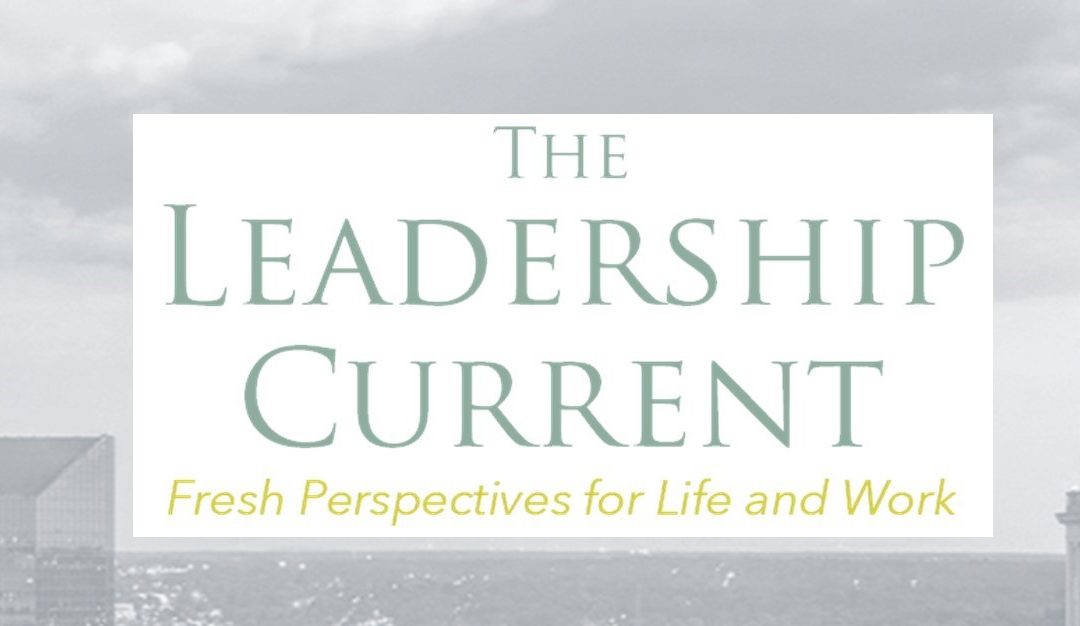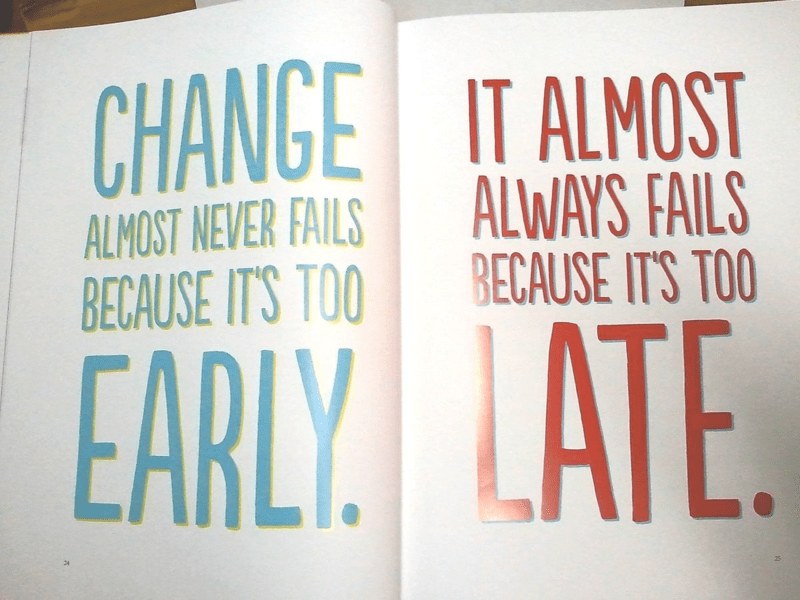
by Dr. Ed Brenegar | Sep 23, 2021 | Circle of Impact, Impact
Let’s Talk
There is a phenomenon that is occurring that is worth noticing. And you can be a part of it.
People don’t learn well without conversation. When they talk about an idea, it is how they grow in self-awareness for the purpose of gaining greater situational awareness. The integration of knowledge into practice is now a goal. This is how we learn to be better decisions, solve the most difficult programs, and build teams of people who genuinely respect and trust each other.
We grow as persons and as leaders of impact when we talk with each other. We get better at the practice of living our lives, doing the work that we do, and actually achieving the goals that we set.
It is for this reason that I believe we need to carve out more time to talk, to converse, to interact, to learn from each other. Every conversation that I have never fails to give me something to think about that I find valuable and practical. This is why leaders need to be talking with each other. A few of us have a plan, and we’d like you to join us.

by Dr. Ed Brenegar | Jun 20, 2021 | Book, Centralized Institutions, Circle of Impact, Decentralized Networks, Impact, Network of Relationships, Questions, Transition, Two Global Forces
When people solve their own problems, they also gain skills in communication, collaboration, and innovation. All are leadership skills that everyone needs to acquire regardless of the position that they have in the organization. What, then, is the impact of this approach to leadership. In simple terms, it moves an organization from being leadership starved to being leader-rich. More definitively, it decentralizes the capacity of an organization to solve its problems. I saw this effect in an organization that I served many years ago. Small problems flowed up through the hierarchy to the vice-president’s desk. By then a problem had turned into an issue between the company and the union. When the company implemented a program to train and support all their employees in practicing these leadership skills, the trust level in the company grew, ultimately gaining the awareness of Forbes magazine in their annual list of most trustworthy companies. This is the potential that results from elevating the leadership capacity of people.

by Dr. Ed Brenegar | Apr 29, 2020 | Book, Centralized Institutions, Circle of Impact, Community, Impact, The Pressing Issues
Four Responses to Change
There is a continuum of response to change. There are four responses along a spectrum with the extremes being destructive responses to change, and the middle two being more constructive. Let us call the destructive responses Change-Phobic and Change-Junkie and the constructive responses Change-receptive and Change-initiator.

by Dr. Ed Brenegar | Aug 13, 2019 | Circle of Impact, Impact, persistent, Relationships, residual culture, Structure, Transition
Squeezed is the appropriate word. It is why people feel vulnerable, rather than them feeling the desire to be vulnerable.
This is vulnerability imposed from the outside, by the structures of the world and their companies.
The kind that Chris Lister writes about in his FastCompany article – I thought I knew what it meant to lead with vulnerability. Then I became CEO – is a choice that we make to be a particular way. Lister is correct. It isn’t as easy as Brene’ Brown suggests. Though I’m not sure Brene’ is saying it is easy but necessary.
by Dr. Ed Brenegar | Apr 18, 2019 | Book, Circle of Impact, Impact, Transition
Over the past several months, I have been traveling to events around the country to promote my book, Circle of Impact: Taking Personal Initiative To Ignite Change.What began as a book promotion tour has transitioned into being a listening tour. You would have to be with me to understand the extent of insight that I’m gaining from talking to people on this tour.In these moments, I say the book is about:Personal Leadership, and,How we are all in Transition, personally, socially and organizationally.When I say these very words, people look me squarely in the eye, and step closer towards me. They want to know more. After some amazing conversations, most walk away with a signed copy of my book.Here are three things that I am seeing from this experience.





